Farmland Wading Birds Information Note: Lapwing (Vanellus vanellus)
Peesie, Teuchat (Scots); Curracag (Gaelic)
Download a pdf copy of this Information Note
The Lapwing, commonly known as peewit, is a distinctive farmland wader, which has suffered severe population decline and has therefore a red conservation status. Scotland’s Lapwing population has declined by 56% from 1995-2018; most recent population estimate is 71,500-105,600 pairs (Foster et al., 2013)
Characteristics
- A black and white wading bird with a green tinted back & distinctive crest & black crown.
- In its wavering flight it shows a round-winged shape and distinctive black & white plumage.
- The wheezing “pee-wit” calls can be heard from March until May (Click here to hear calls).
- The male wobbles, zigzags, rolls and dives while calling to advertise his presence to rival males and potential mate.
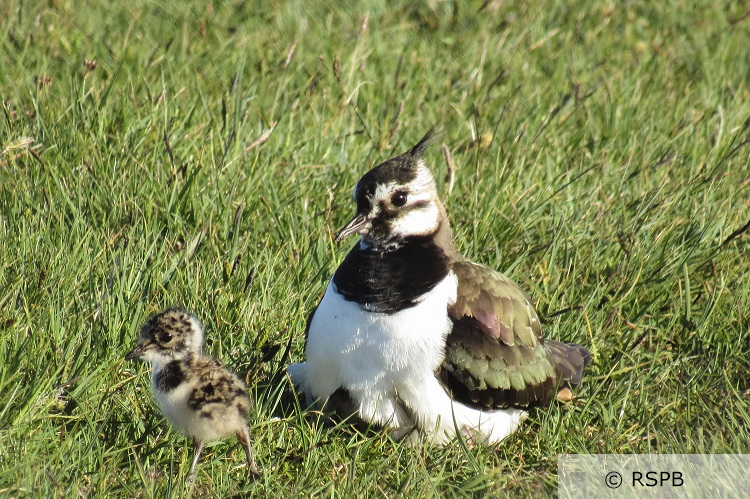
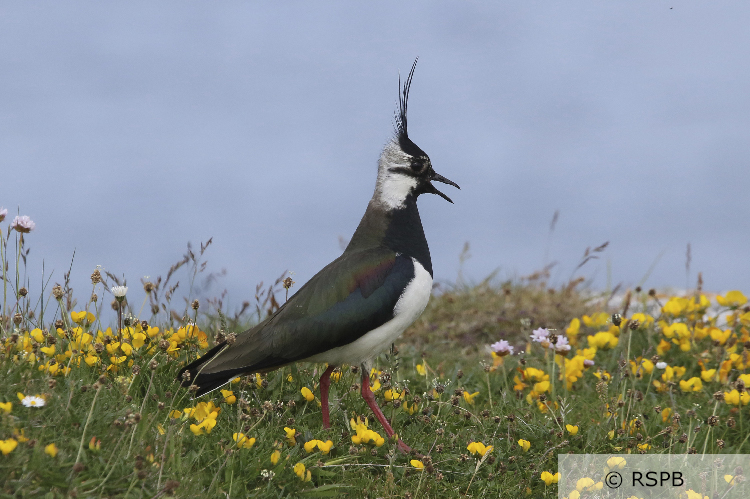
Habitat preferences
- Flock on pasture & ploughed fields in winter.
- Return to inland breeding areas from mid-late February until late July, then return to the coast.
- Prefer short dry (ca. 5cm) vegetation on grassland, spring-sown crops, or fallow land, where they forage on worms & insects.
- Also nest on heath, bogs, or wetland with short vegetation adjacent to improved pasture.
Nesting behaviour
- Nest is a scrape in the ground, lined with a variable amount of plant material.
- Nest away from trees & buildings to provide an all-around view from to spot predators.
- Lay clutches eggs (up to 4) in April, that hatch in early May.
- Replacement clutches hatch by June.
Key considerations
- Crofters/farmers can contribute to the survival of wading birds
- In favorable conditions, Lapwings form loose colonies of several pairs to defend from predators.
- Flocks of migrant lapwings can also be seen inland throughout autumn and mild winters
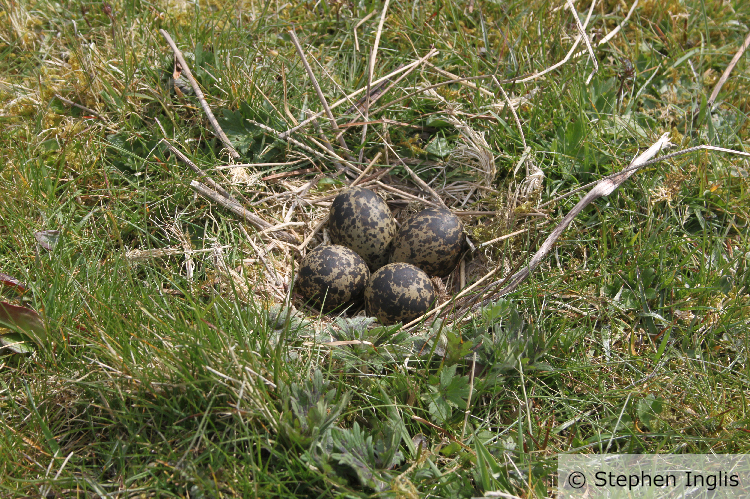
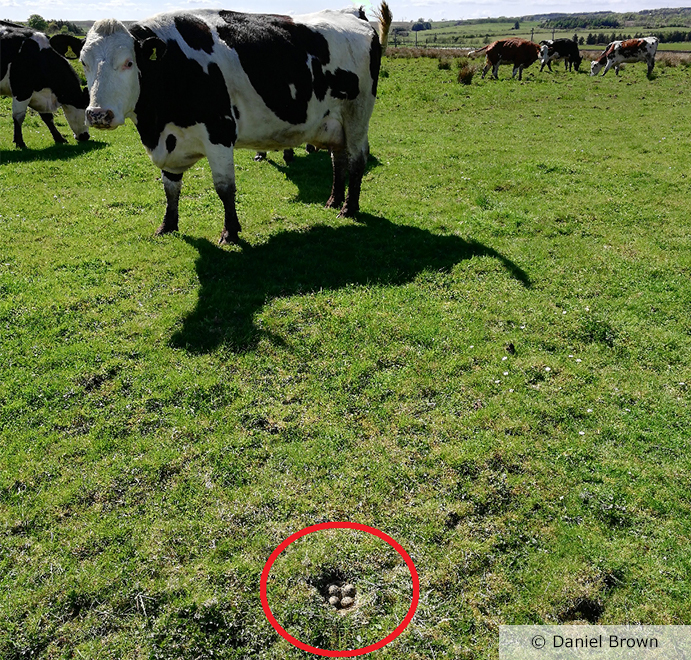
For further information, search for waders at the following sites:
 Scan this QR code or click here to link to a recording of the distinctive, alarm call of the Lapwing
Scan this QR code or click here to link to a recording of the distinctive, alarm call of the Lapwing
Download a pdf copy of this Information Note
Practical management options
- Although their habitat requirements differ slightly, broadly similar measures will benefit Lapwing, Curlew, and Oystercatcher.
- Manage grazing to create a predominately short (ca. 5 cm) sward in spring, but with some tussocks to cover from predators.
- For Lapwings, exclude grazing from early April until mid-May, but ideally keep the stocking rate <1 Livestock Unit (LU)/ha until early June to reduce the risk of trampling of any late or replacement nests.
- Bare or sparsely-vegetated fallow land can provide an alternative to spring-sown crops for nesting lapwings and oystercatchers.
- Create open, shallow pools or scrapes within the pasture to hold water from March –June.
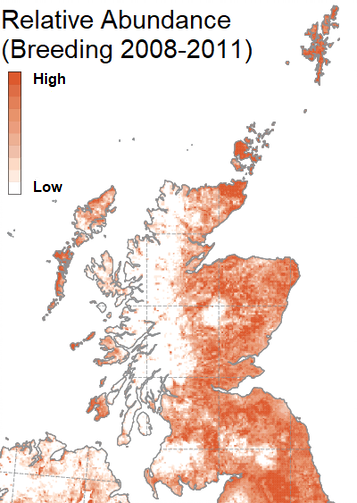
Lapwing abundance in Scotland during the breeding season. Map reproduced from Bird Atlas 2007–11, which is a joint project between BTO, BirdWatch Ireland and the Scottish Ornithologists’ Club. Map reproduced with permission from the British Trust for Ornithology.
Sign up to the FAS newsletter
Receive updates on news, events and publications from Scotland’s Farm Advisory Service
